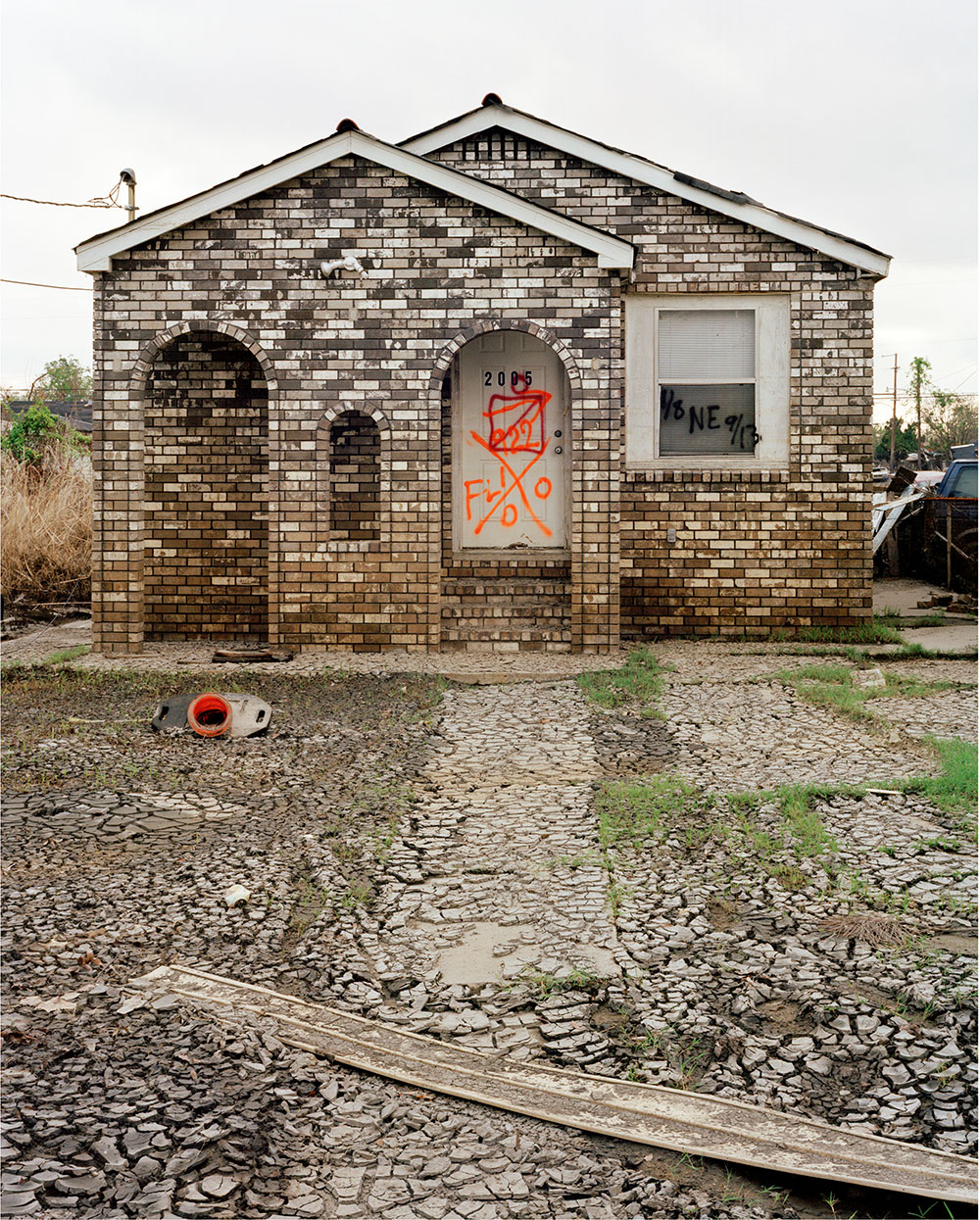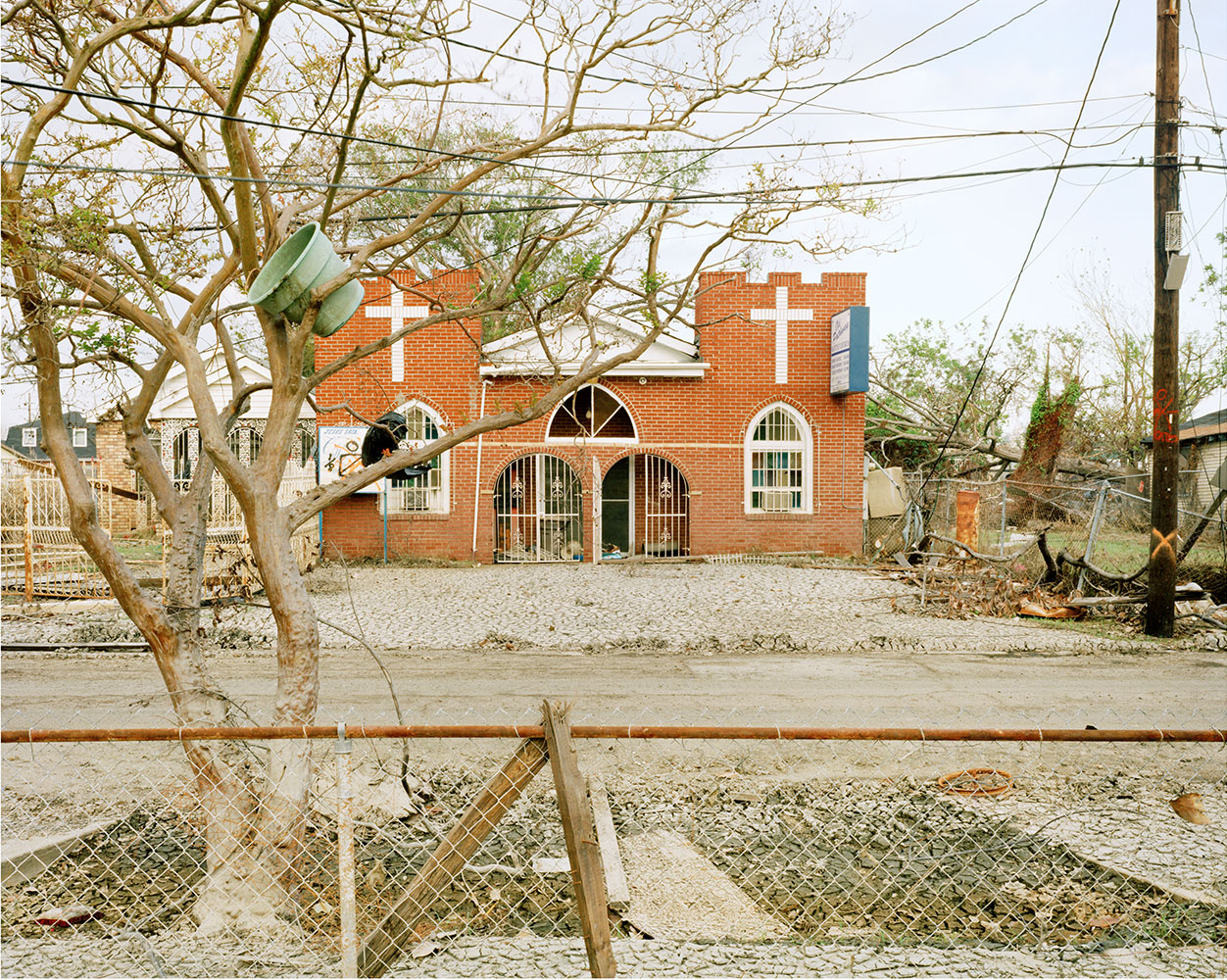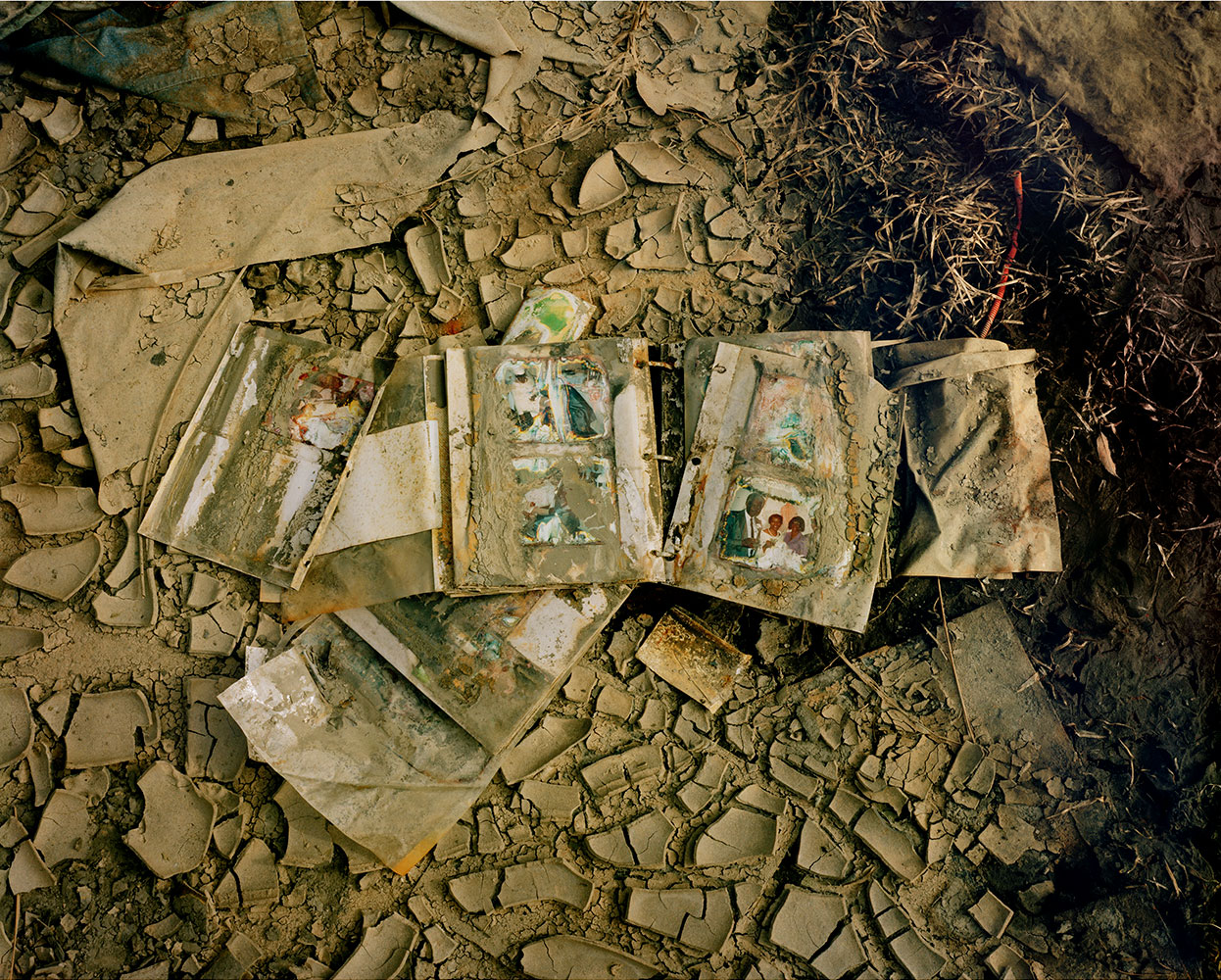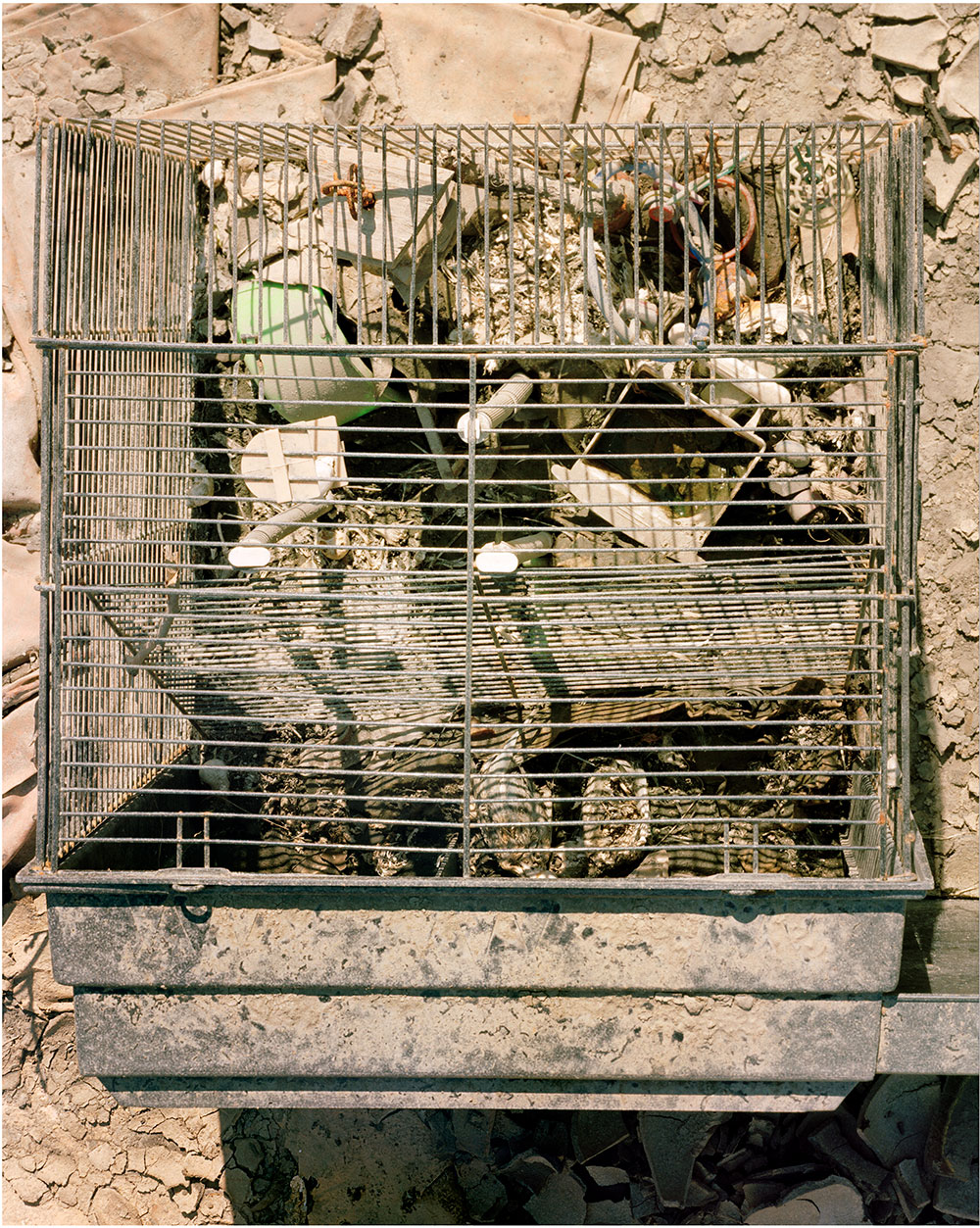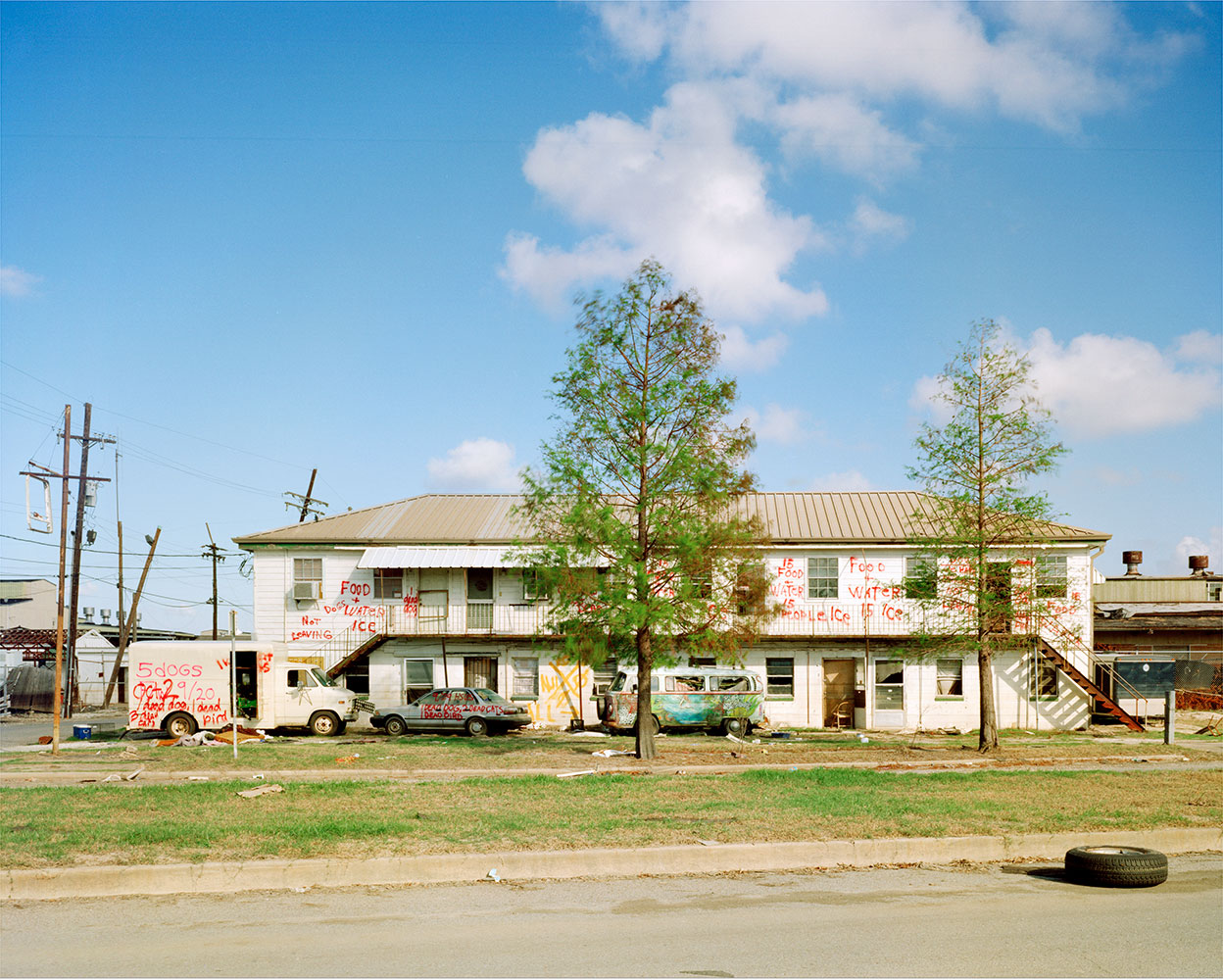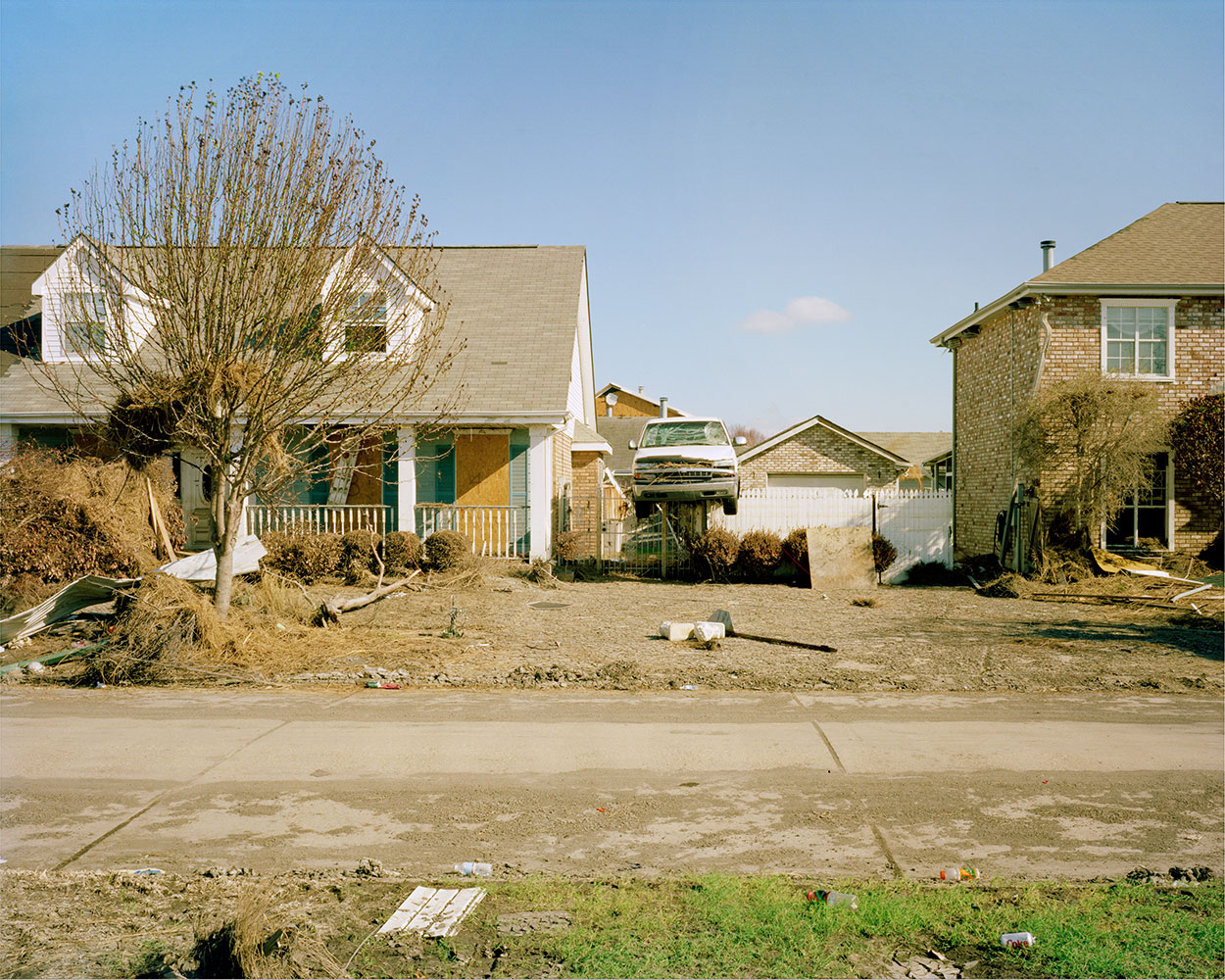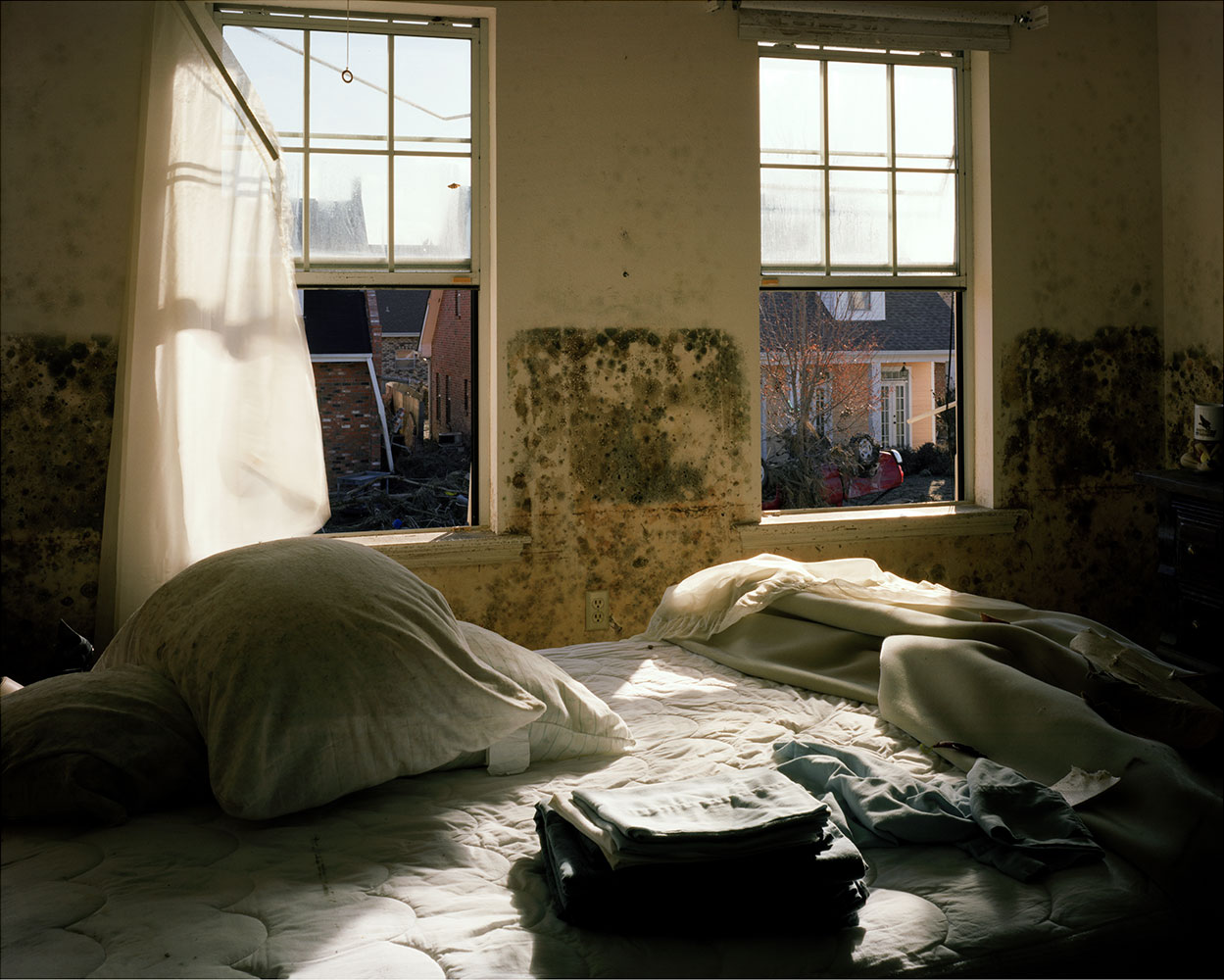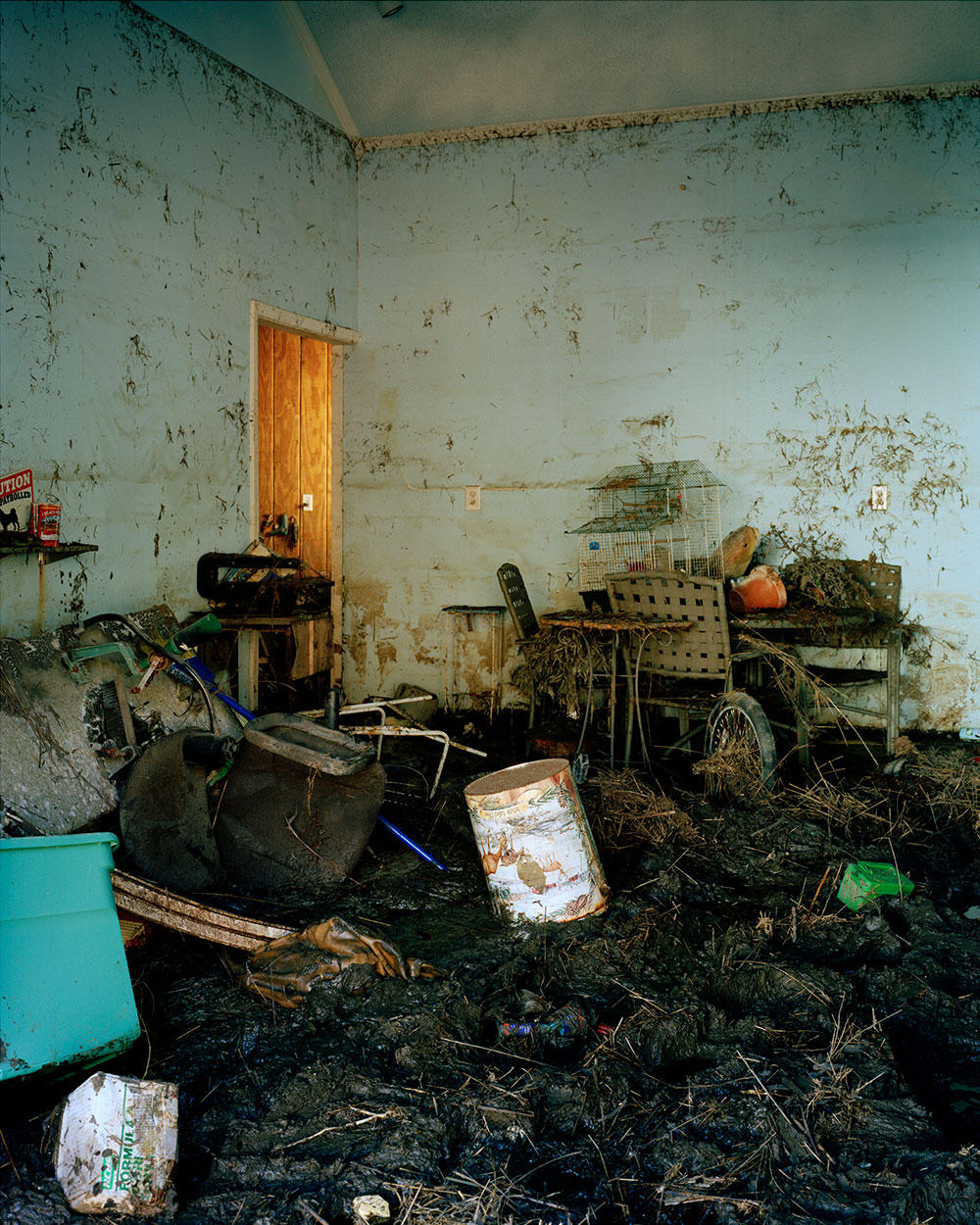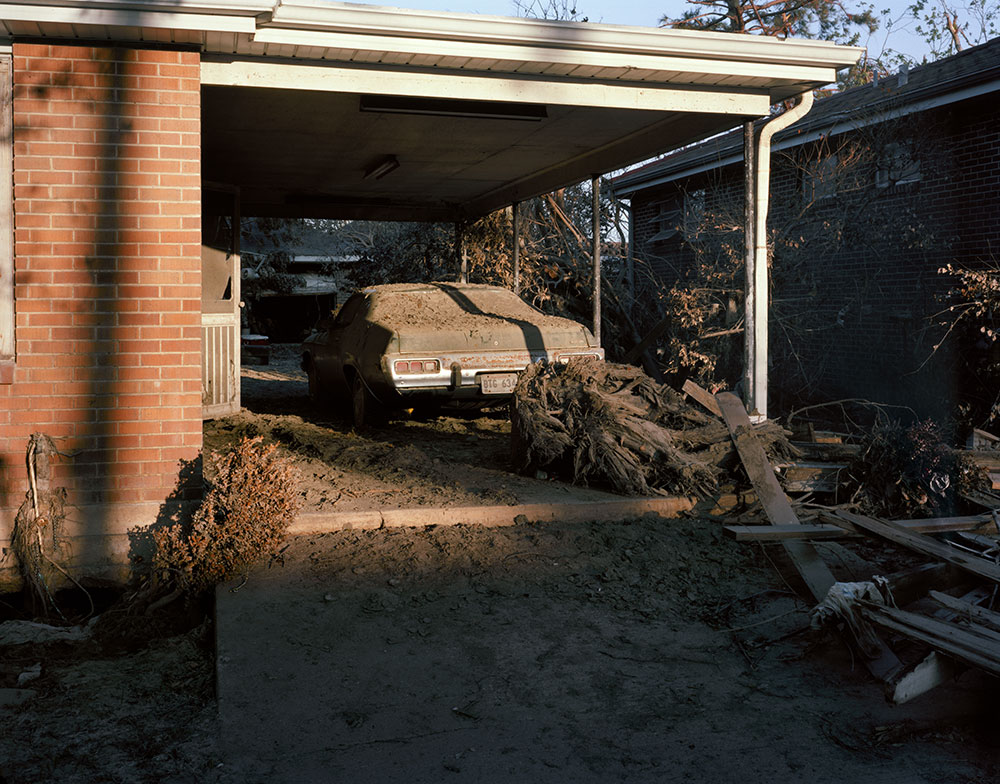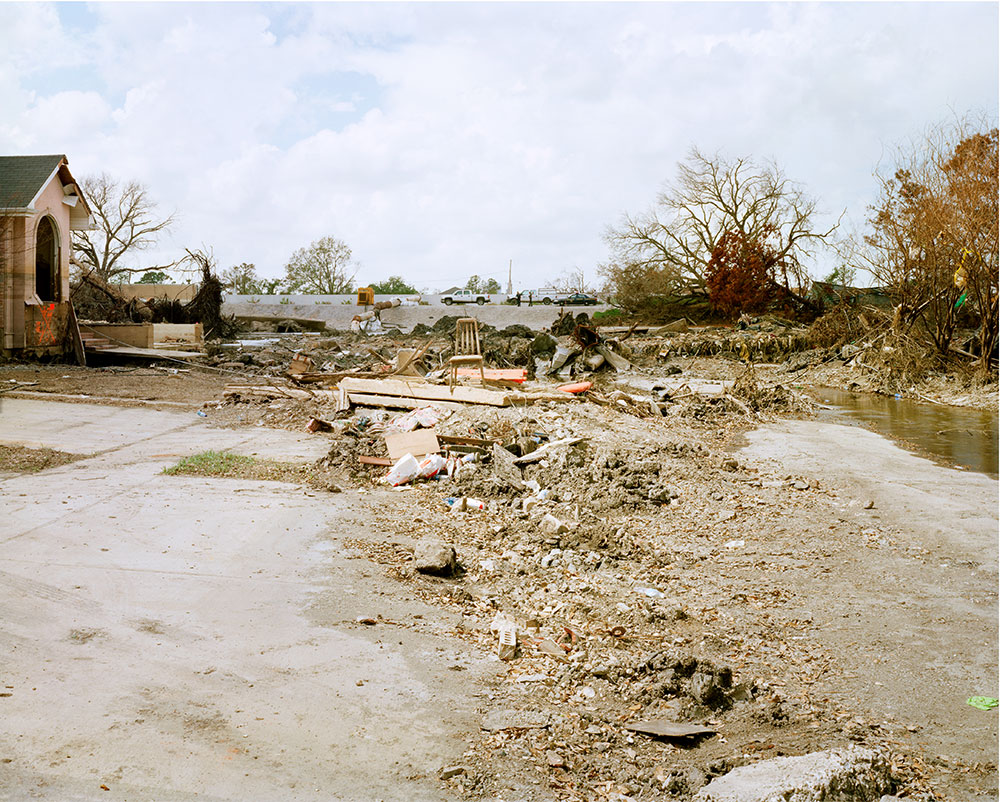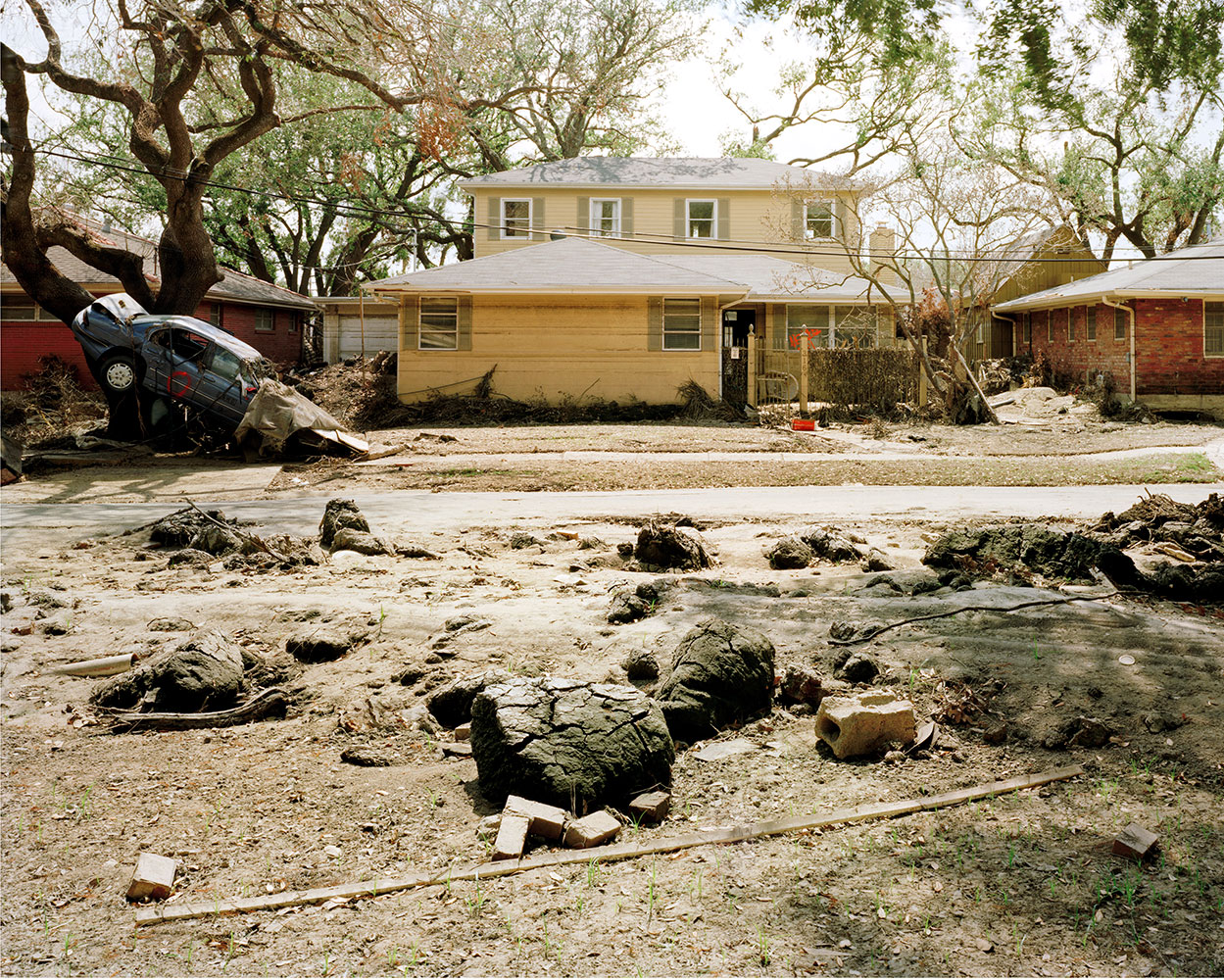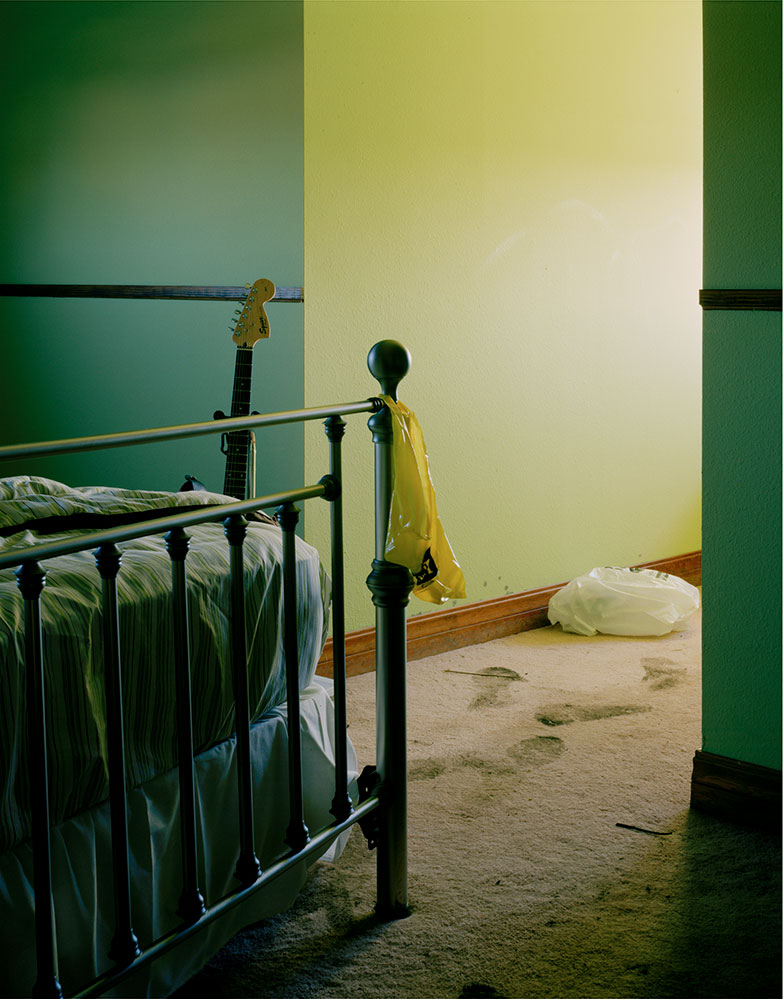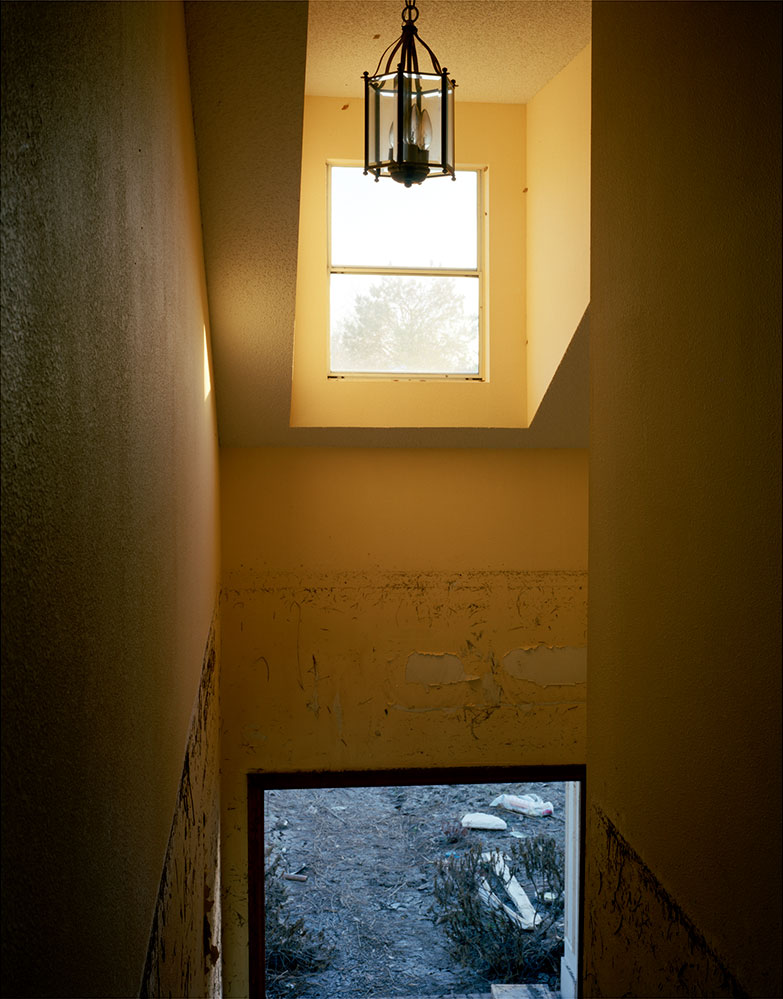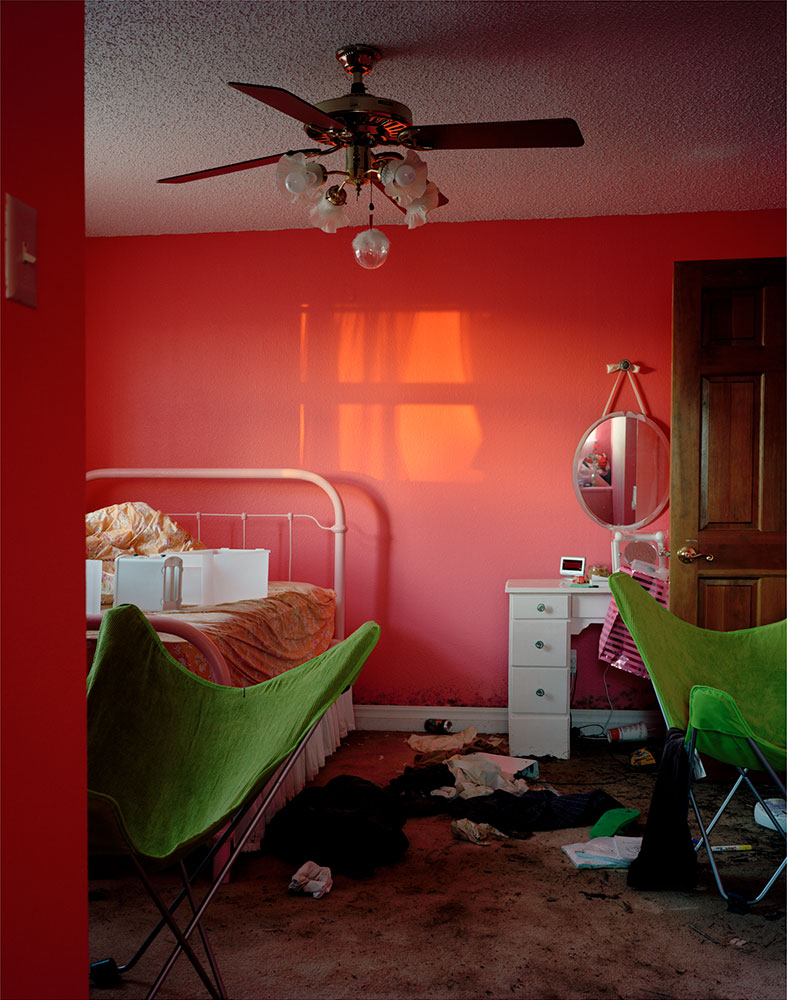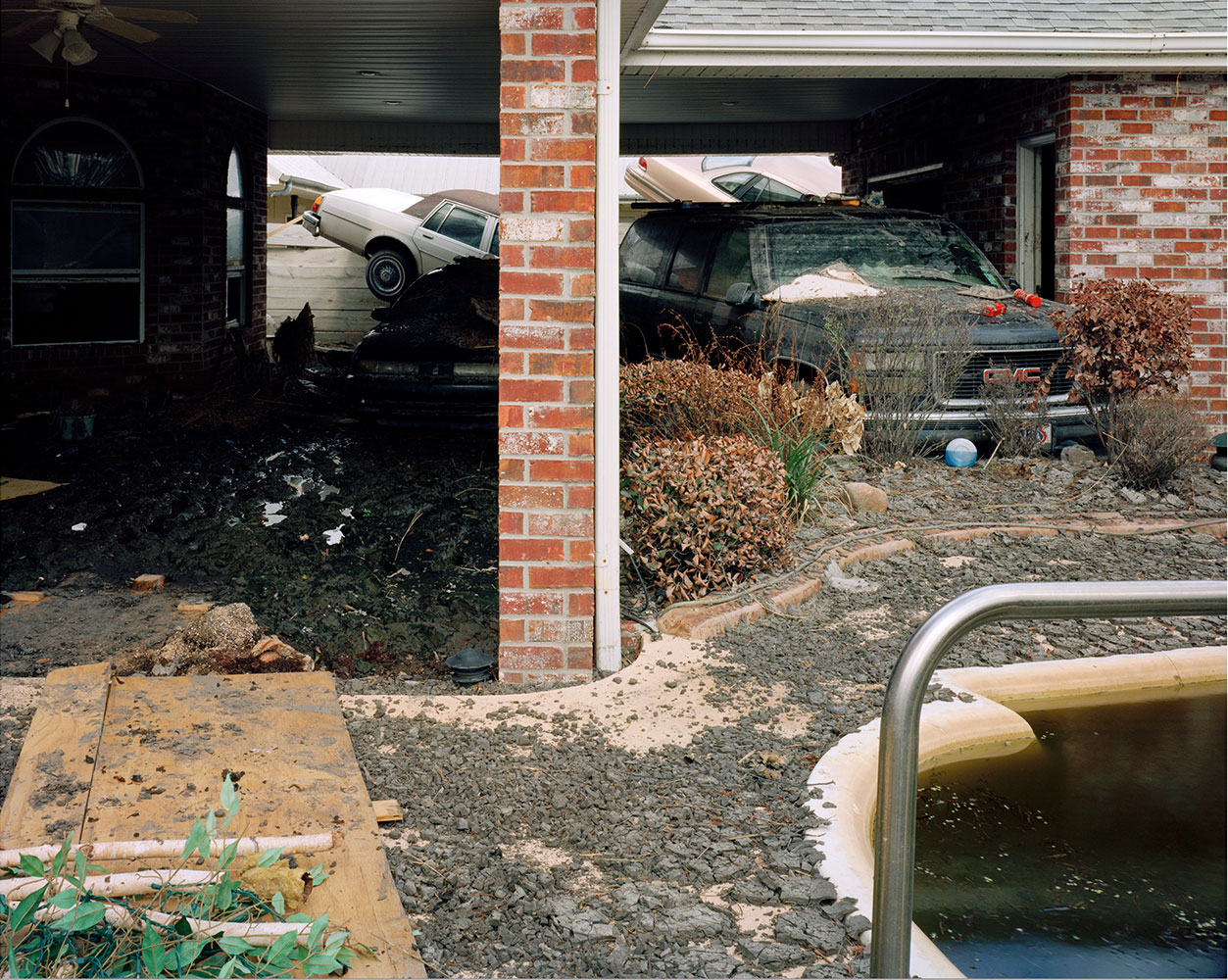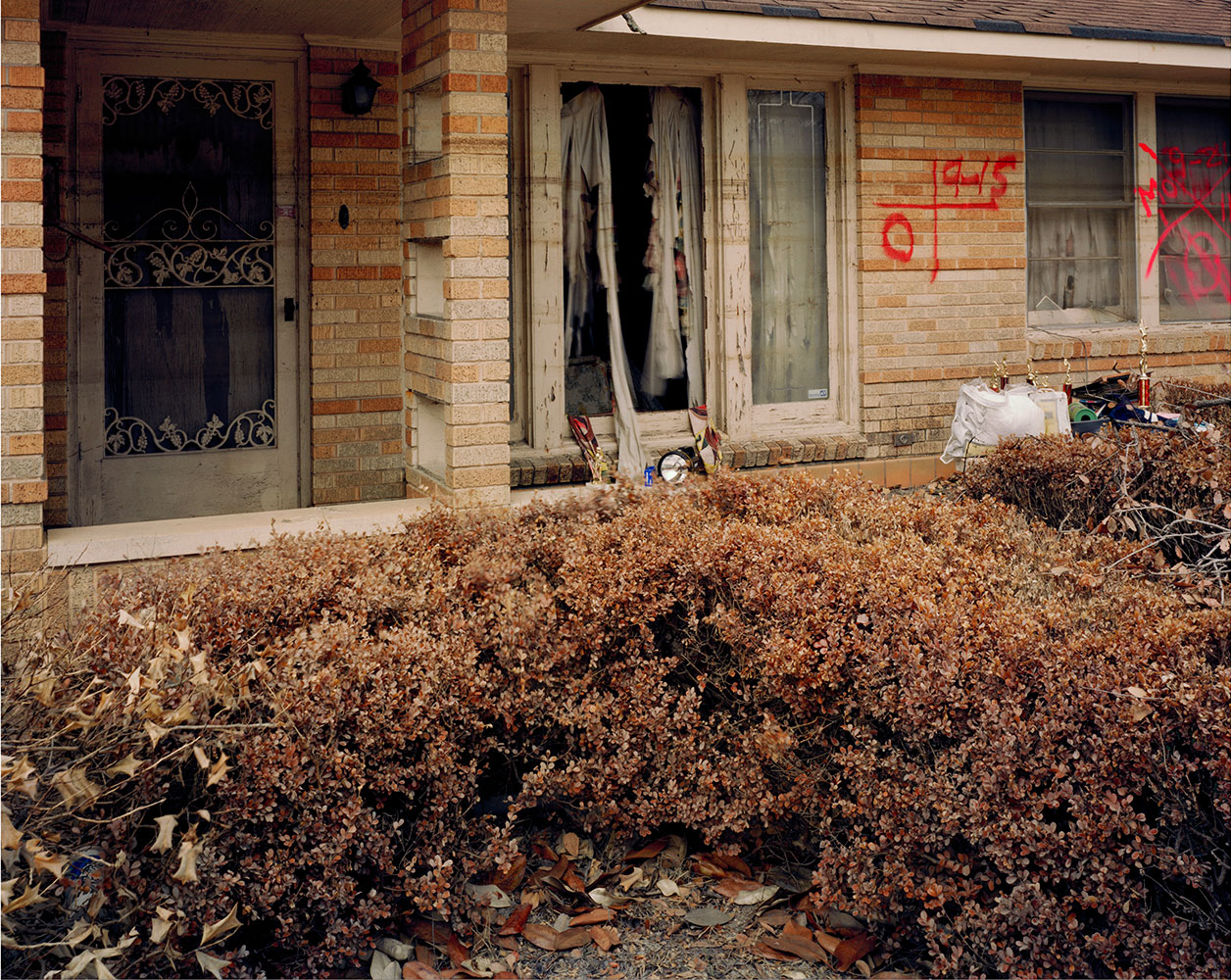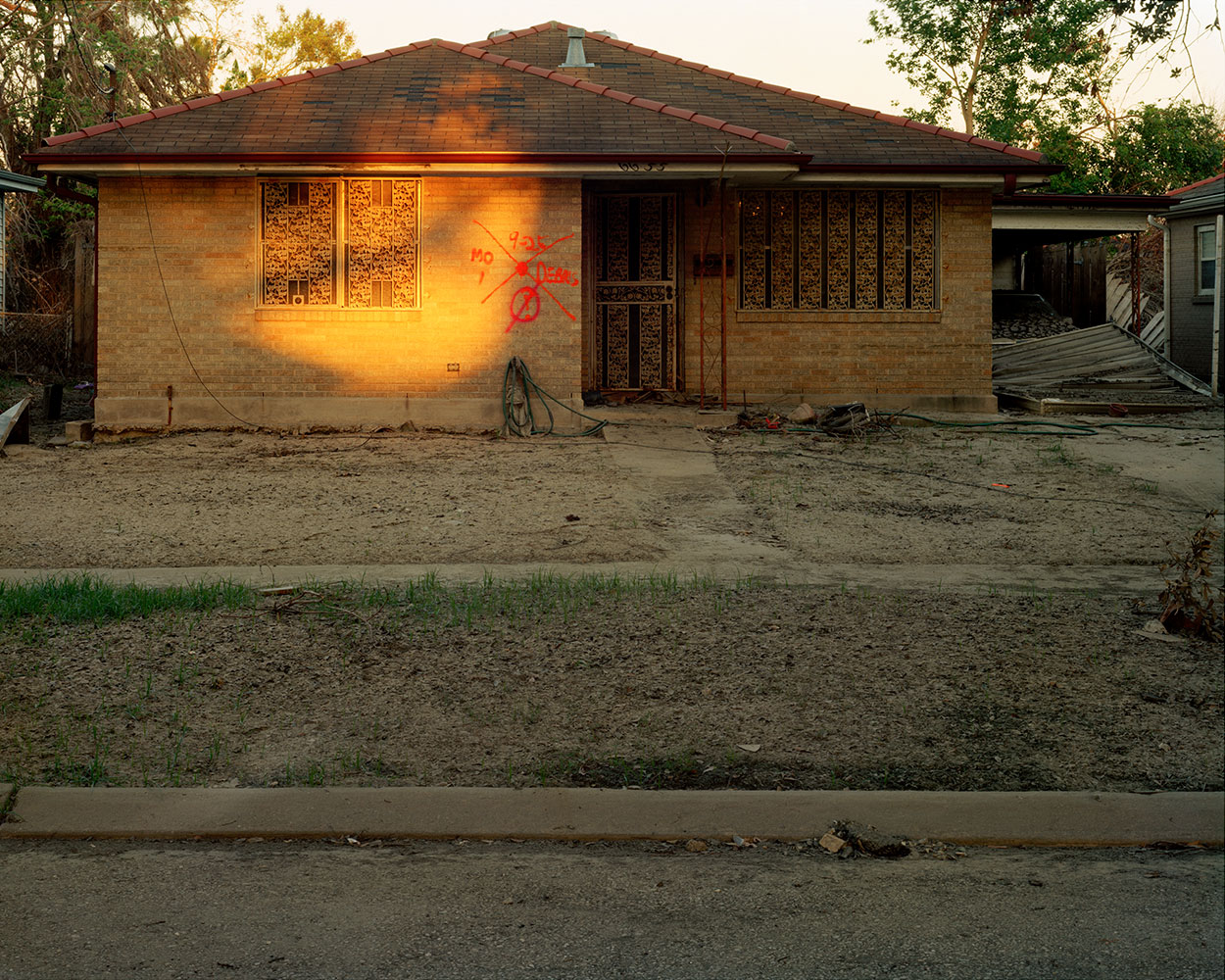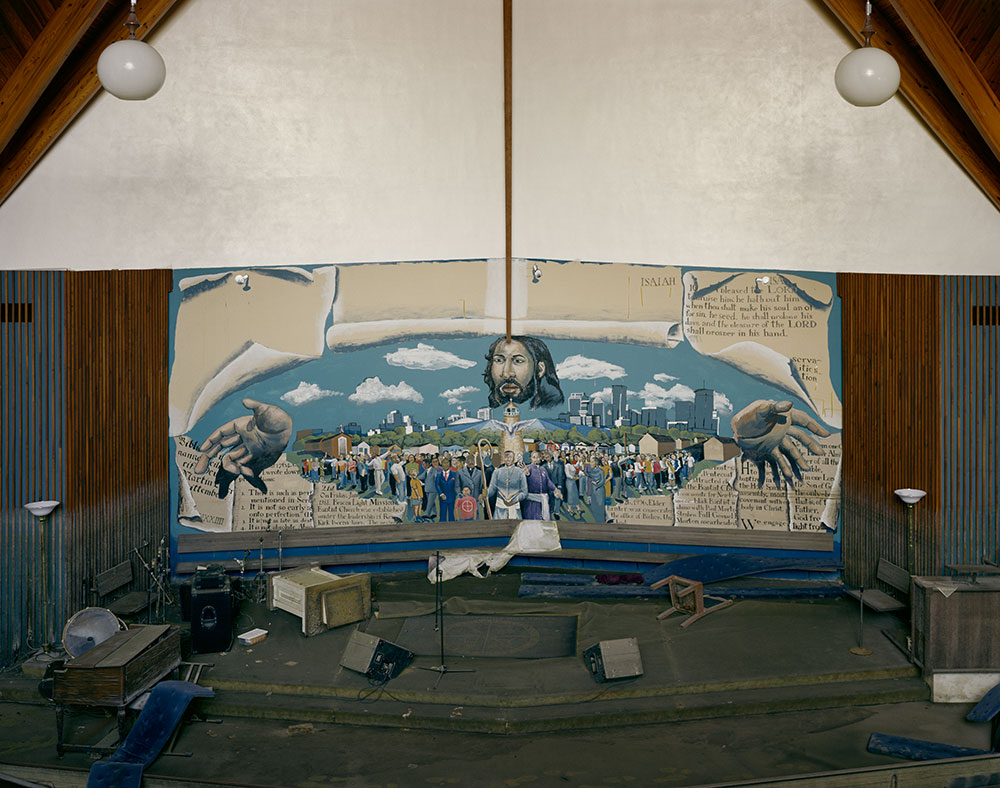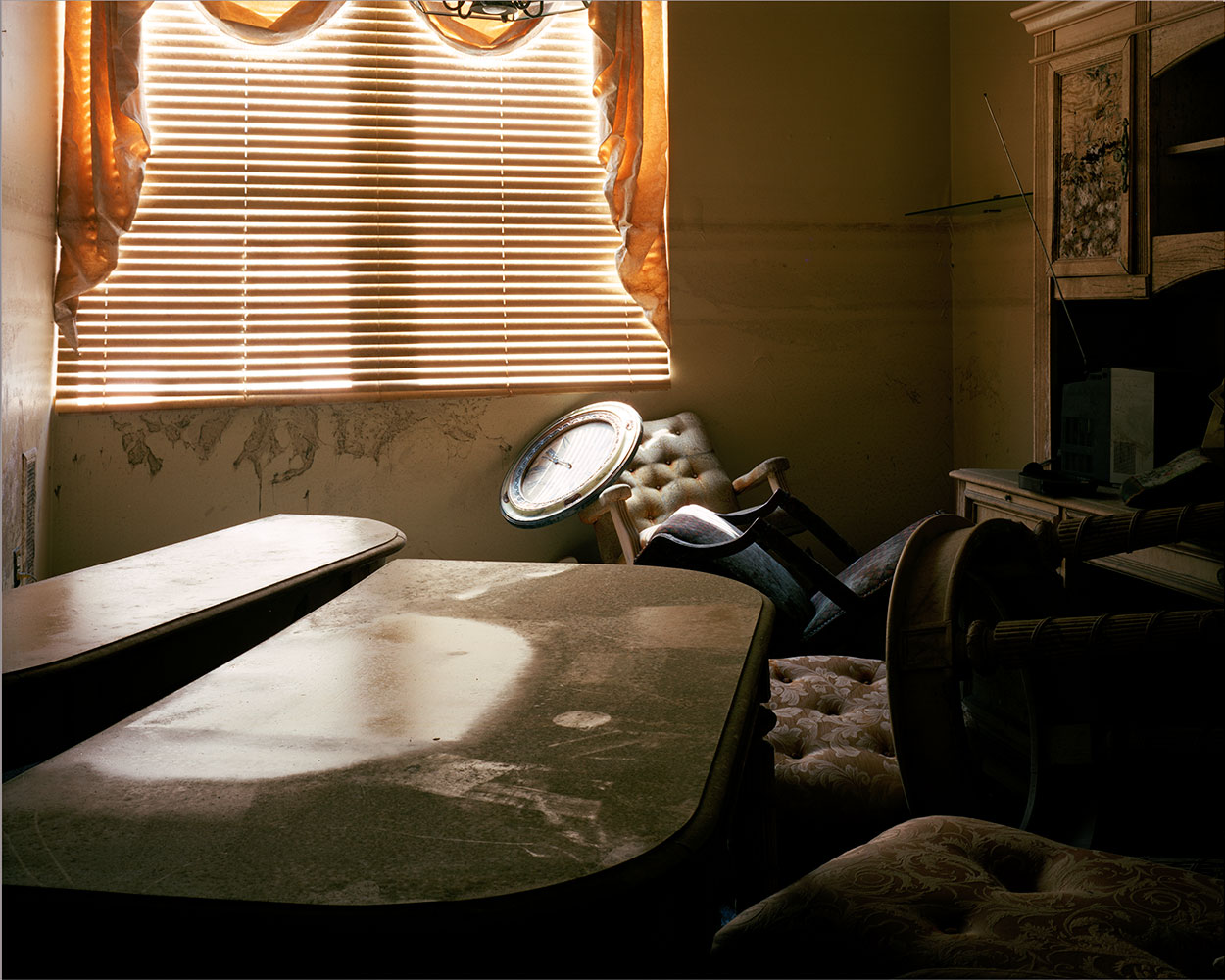Continued from Katrina: intersections.
With levee breaks in both the 17th Street Canal and Lower 9th Ward, and a massive 28-foot storm surge submerging low lying coastal boroughs, the impact of Hurricane Katrina was felt greatly across all socio-economic boundaries. The effects, however, were disproportionately felt in low-income communities, with the Lower 9th Ward community an extreme example, being submerged twice in one month by storms Katrina and Rita. The long term effect of both the damage and the ability of these communities to rebound can be extrapolated from the growth and redevelopment data on these economically disadvantaged areas. There have been many factors effecting these displaced communities, but the lack of preparedness by recovery agencies did little to mitigate the situation. During the evacuation under the directed by FEMA personnel, not only were communities broken up, but frequently even close family members were sent to completely different regions of the country, with individuals frequently not knowing where their loved ones were, or where they were being sent to until they had arrived. The effects of this were felt most heavily by families caught in the city by an evacuation order which came both too late and which also failed to provide any means out, thereby stranding the city’s most venerable. Afterward, once placed by an agency, with their homes and communities broken apart, many simply did not have the means to return, especially as there was little reason to expect a return to their work and livelihoods if they did.
In this suite of photographs, we see evidence of the storm’s impact on home and community life adjacent to both levee breaks, and in low lying suburban communities near the coast. Even in neighbourhoods largely spared from storm surges, simply restoring power frequently caused fires, as most had been without for over a month. In the Lower 9th Ward, homes near the levee were mostly obliterated by the torrent of water coming though the break, in some cases the trace of a front walkway was the only evidence a home once stood there. Regardless of the neighbourhood, electric bills, children’s toys and family photo albums, the detritus of daily life were strewn about and embedded in the mud.
Other chapters: intersections | home | school
My deepest thanks to Julia Drapkin, a dear friend, while unable to go herself, emboldened me to do so; and for the generosity of her partner, Forest Wright, who being fiercely committed to the wellbeing of his beloved neighbours and city, refused to leave.

